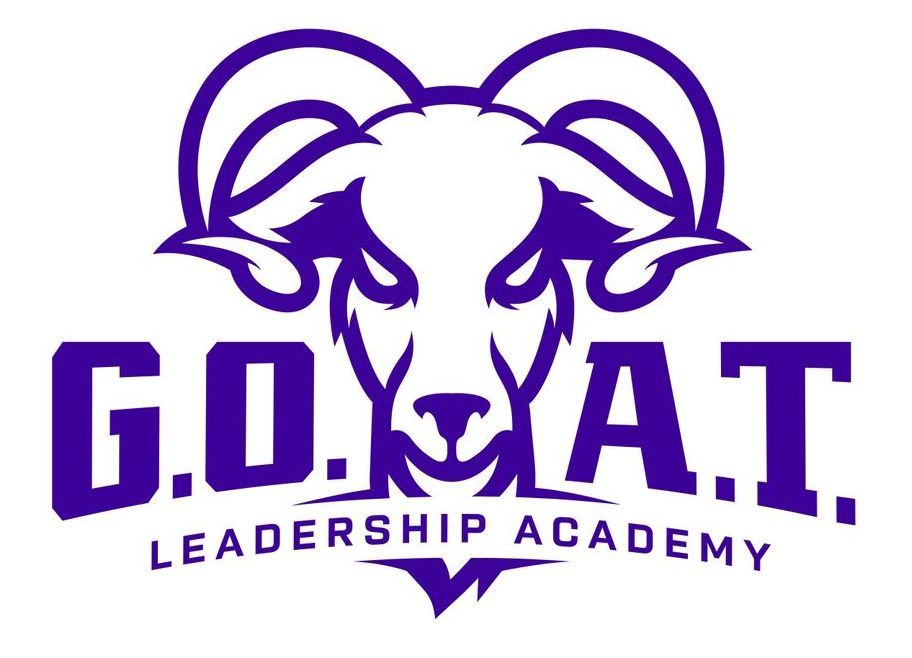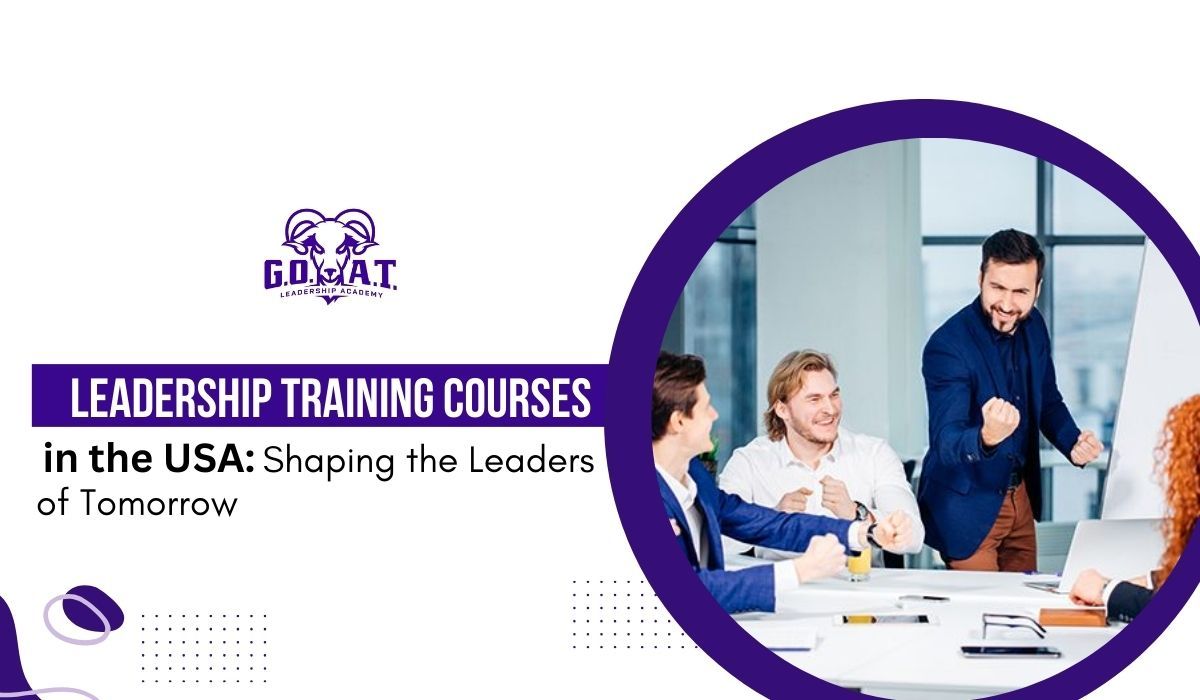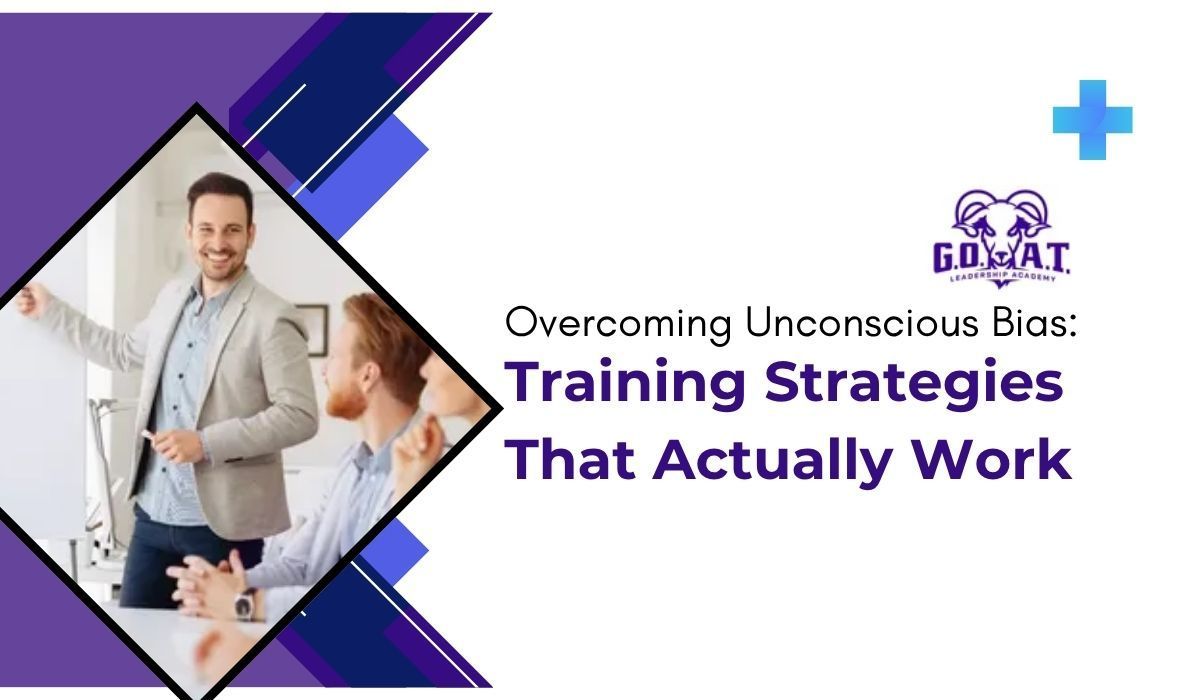Developing Next-Gen Leaders Across Levels
Many organizations now recognize that strong leadership cannot be built only at the top. To future-proof your organization, you need to cultivate leaders at every level—from frontline supervisors to middle managers, emerging talent, and those showing high potential. This is how leadership becomes scalable, sustainable, and embedded in your culture.
Below is a roadmap plus guiding principles for identifying, nurturing, and promoting high potentials — grounded in Dr. Karen Walker’s philosophy.
Why Developing High Potentials Matters
- Succession & continuity: When leadership is centralized, transitions are risky. Developing leaders at multiple levels creates depth and resilience.
- Engagement & retention: People who see growth pathways are more likely to stay and contribute.
- Cultural alignment: Emerging leaders shaped by your values and practices carry forward the culture you want.
- Innovation & agility: Distributing leadership produces more perspectives, faster responses, and better adaptation.
As Dr. Walker writes:
“Leaders cultivated through courage, learning, and a relentless commitment to growth.” Goat Leadership Academy
That cultivation must include investing in next-generation leaders.
Levels of Leadership & Development Strategies
1. Emerging Leaders / High Potentials
These are people who show promise, ambition, curiosity, and growth mindset—but may not yet hold formal leadership roles.
How to develop them:
- Offer stretch assignments or cross-functional projects
- Pair them with mentors or leadership coaches
- Provide leadership fundamentals training (communication, influence, decision making)
- Expose them to senior leadership (shadowing, presentations)
- Include them in special initiatives or task forces
This ties to Dr. Walker’s view:
“We don’t train leaders to fit a mold. We train them to lead from who they are—fully and unapologetically.” Goat Leadership Academy
By allowing high potentials to lead from their authentic selves, you tap into originality and engagement.
2. Middle / Mid-Level Leaders
These are people already in leadership roles but poised to step higher—managing managers, leading units, scaling team impact.
Focus areas:
- Coaching & feedback skills
- Leading through complexity & ambiguity
- Delegation, systems thinking, and managing growth
- Building inclusive teams and culture
- Strategic thinking and influencing across functions
At this level, linking daily leadership habits to the broader purpose is critical.
3. Senior / Executive Leaders & Multipliers
These are the top leaders who steward strategy, legacy, culture, and organizational direction. Their focus is on designing systems, reshaping culture, and creating leadership ecosystems.
Key developmental levers:
- Visionary leadership & culture shaping
- Aligning leadership development with organizational strategy
- Sponsoring and advocating for emerging leaders
- Resilience, influence, and systemic thinking
- Ensuring leadership values are embedded in all levels
As Dr. Walker observes:
“Leadership development is a ripple effect. When you grow a leader, you inspire a community, transform an organization, and change the world.” Goat Leadership Academy
Developing leaders at the top affects the entire organization.
Five Principles for High Potential Development
- Start early & intentionally
Catching potential early prevents stagnation. Use assessments and observations to flag promise. - Design tiered pathways
Just as GOAT’s programs follow Basic → Intermediate → Advanced levels, leaders should advance step by step. Goat Leadership Academy - Coach, don’t just train
Training transfers knowledge; coaching unlocks growth in real time. - Embed peer support & communities
High potentials benefit from peer cohorts, learning circles, and cross-level networks. - Hold accountability through metrics & feedback
Track progression, retention, behavioral change. Use 360 feedback, project outcomes, and qualitative input.
Case Example (Hypothetical)
Imagine a mid-sized firm with 500 employees. Their high potentials are young managers who show promise. Over two years, the firm:
- Rotates them across departments
- Connects them with mentors
- Gives them leadership training plus stretch assignments
- Invites them to quarterly “leadership labs” with senior executives
- Monitors progress through surveys and project outcomes
As they grow, the organization sees that some of these high potentials are ready for larger roles—so the pipeline becomes populated, not empty.
Overcoming Challenges
- Bias in selection: Ensure selection criteria does not favor only visible or extroverted employees.
- Resource constraints: Development takes time and investment—plan for it.
- Attrition risk: Promising employees might jump ship if not engaged sufficiently—keep them active and plugged in.
- Misalignment: Development must align with culture, strategy, and values, not be a separate “program.”
Conclusion
Leadership across levels is not optional—it’s essential for growth, adaptability, and sustainability. By identifying early, designing layered development paths, coaching intentionally, and aligning with culture, organizations can turn high potentials into the next generation of leaders.
Dr. Walker’s guiding insight remains foundational:
“Leaders are not born; they are cultivated through courage, learning, and a relentless commitment to growth.” Goat Leadership Academy
Let your organization be one where leadership is multiplied, not hoarded.


